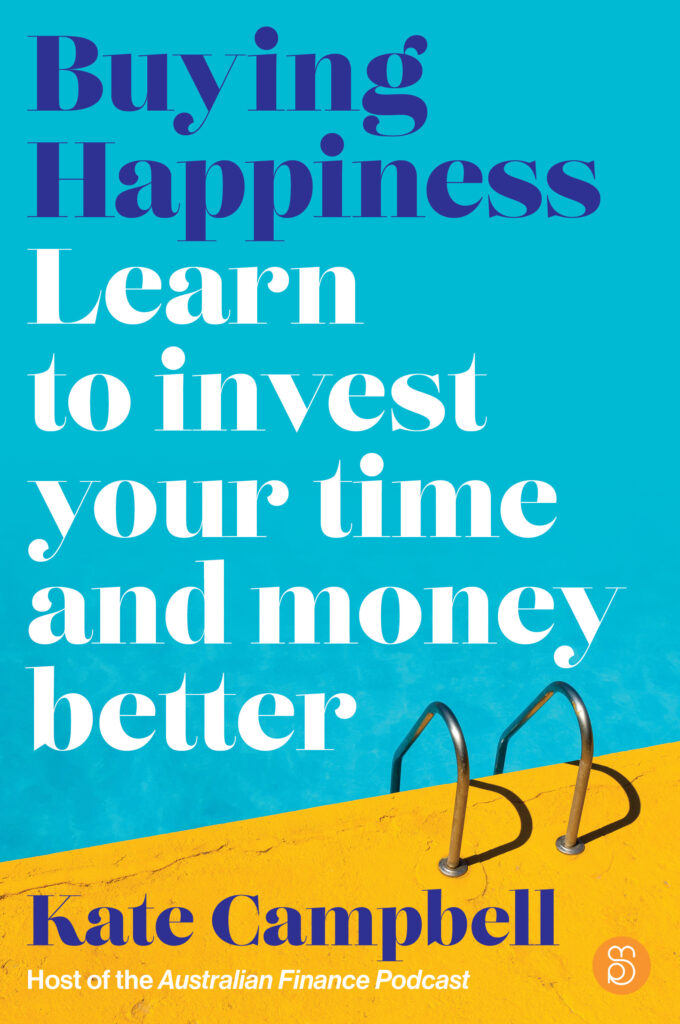
Have You Thought About Investing Internationally?
For many young Australians, their first foray into investing is in cash or the Australian property market. While they’re certainly viable options, the former isn’t going to help you grow your wealth long-term and the later requires a significant deposit to get started. These investment avenues only expose you to the Australian market, which means you’re missing out on exposure to the rest of the world.
The great news is that it’s now easier than ever to gain exposure to international asset classes, without even leaving your house. Australia has a huge variety of Exchange Traded Funds (ETFs) which give you instant exposure to international companies. Another great way to buy and sell US shares and ETFs is by using Stake, which is a platform I have personally used. Since I had such a great experience using Stake, I reached out to their CEO & Founder Matt Leibowitz to answer some questions about investing internationally.
How can young people start learning about investing internationally?
Like anything, the best way to learn is to get involved — take small steps and learn the ropes.
I look at the international share market as more appropriate for Australians. I have no doubt that Australians would know more companies on the US market than they would on the ASX, from Apple to American Express, Berkshire to Boeing, Spotify to Square, Visa to Vodafone — the list goes on.
Are there any useful resources you can recommend?
We use and read about international companies every day. Investors can find great information anywhere on the internet, and there are some great commentators covering the US and global markets. I’m really focused on the US sharemarket — as it’s where the world trades, so it has the most news and coverage. Some suggestions would be Stocktwits, the Wall St Journal, Motley Fool and MarketWatch.
Why is it important for young people to consider investing in overseas markets?
There is just far more opportunity for success. If you don’t invest overseas, you’re limiting how hard your money can work for you. I’m not sure anyone should be limiting their potential — and I believe that applies to every aspect of their lives.
What are some of the benefits of investing outside of Australia?
Australia makes up 2% of the world’s market, so 98% of opportunities are overseas. The positives are pretty obvious — more opportunity, more chance for success, more ability to make your money work for you.
Another fact that’s worth noting is that the value traded in Apple stock each day is more than the entire Australian Stock market (and that’s just one of 7,000 stocks on the US market!) It just shows you how much happens overseas — there is more opportunity in just one stock in the US, than there is in the entire market in Australia.
Lastly, high net worth investors (aka wealthy individuals) and institutional investors have been investing globally for years. They know it is where the money is. Essentially, those that access overseas markets are a few steps ahead of everyone else.
How can Stake help young Australians invest globally?
Stake is a trading platform that gives Australians direct access to the US share market. We’re driven to allow anyone outside the US to have the same access to opportunities as those inside the US. So where we help is to allow Australians to buy and sell US shares more simply and affordably than anywhere else in Australia. You can go as big or as small as you like — and you can open a trading account with as little as $50.
That means if young Australians would rather have their money working for them in companies like Amazon, Facebook and Google – they can on Stake.
Using Stake, investors can also access some thematic ETFs that may represent an idea or interest that speaks to them. For example, we have lots of younger Australians investing in ETFs that you can’t access on the ASX, such as BOTZ (a robotics ETF) or PRNT (a 3D printing ETF) — these are just a few ways we allow younger Australians to get their money working harder for them.
If you want to learn more about Stake and investing in the US market, you can find them over here, and if you’re interested in exploring international ETFs further — check out this list of Australian ETF providers. We’ll be talking more about using ETFs to invest internationally in the next few weeks.
If you’re interested in learning more about money and personal finance, catch us on the How To Money podcast which you can find on iTunes, or via our online web-player. Follow us on Twitter @HowToMoneyAUS, and on Medium at How To Money Australia.
Kate — HTM Editor & Host






